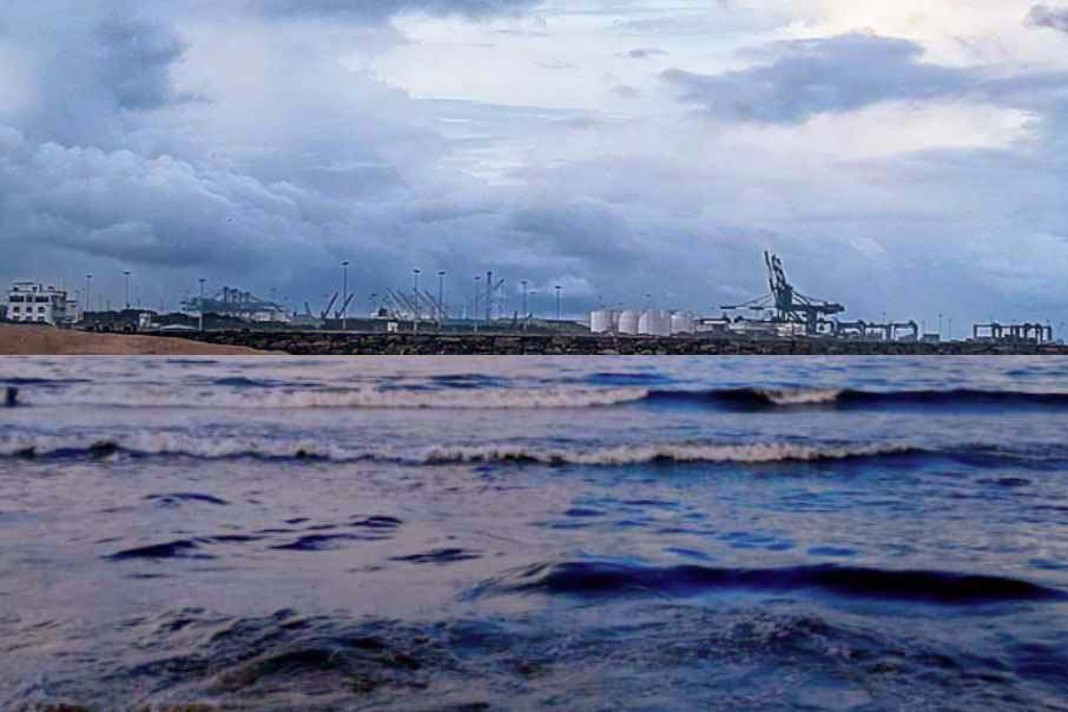 The Port of Rotterdam is accelerating its transition toward sustainable marine fuels through major infrastructure expansions and pilot projects. However, the absence of global decarbonization regulations continues to hinder large-scale adoption of green bunker fuels. According to Berte Simons, COO of the Port of Rotterdam, international policy alignment is essential to ensure competitiveness and enable a global shift toward low-carbon maritime energy.
The Port of Rotterdam is accelerating its transition toward sustainable marine fuels through major infrastructure expansions and pilot projects. However, the absence of global decarbonization regulations continues to hinder large-scale adoption of green bunker fuels. According to Berte Simons, COO of the Port of Rotterdam, international policy alignment is essential to ensure competitiveness and enable a global shift toward low-carbon maritime energy.
Rising Alternative Fuel Use Despite Policy Uncertainty
Rotterdam, the world’s second-largest marine refueling hub, has seen steady growth in LNG and biofuel bunkering as part of its goal to achieve climate neutrality by 2050. Between July and September, the port sold 2.45 million mt of marine fuels, with alternative fuels reaching a record 13.2% share one of the highest among major ports. Biofuel deliveries totaled 201,319 mt, while fossil LNG accounted for 121,614 mt.
Simons highlighted the port’s focus on scaling biofuels and building infrastructure for hydrogen, ammonia, and methanol bunkering. However, the recent postponement of the IMO’s Net-Zero Framework—intended to impose costs on GHG emissions from 2028 is seen as a setback. Without global rules, ports and shipping companies face unequal competition and uncertainty about future fuel demand.
Meanwhile, regional regulations continue to raise costs. The EU Emissions Trading System (ETS) now includes shipping, and new FuelEU Maritime rules are pushing ships toward lower-carbon fuels on EU-related routes. Rotterdam’s B30 biofuel cost $841.70/mt in October for non-EU voyages, while Singapore’s B24 biofuel was cheaper on EU-bound routes, further highlighting the need for global alignment.
Major Infrastructure Projects to Support Future Green Fuels
Rotterdam is expanding storage and bunkering facilities to prepare for next-generation marine fuels. The Gate terminal will add a new 180,000-cu-m LNG tank and additional regasification capacity by 2026. Peninsula is also boosting biofuel blending capacity with eight new tanks totaling 80,000 cu m.
The port already handles significant volumes of methanol (2 million mt/year) and ammonia (400,000 mt/year), providing a foundation for transitioning to green versions of these fuels. Pilot projects are in motion: Trammo completed a ship-to-ship ammonia transfer in April, and OCI signed an MoU with Victrol for future ammonia bunkering.
Rotterdam is additionally preparing for liquid hydrogen bunkering for short-sea vessels. Simons emphasized that while infrastructure is progressing, the real challenge lies in producing affordable green fuels at scale something only predictable, global regulatory frameworks can support.
The Port of Rotterdam is positioning itself as a leader in sustainable marine energy, investing heavily in new fuel infrastructure, pilot projects, and shoreside power systems. Yet, these local and regional advancements cannot fully drive the maritime sector’s energy transition without consistent global regulations. As Rotterdam continues to expand its facilities for biofuels, LNG, ammonia, methanol, and hydrogen, the industry now awaits the adoption of the IMO’s Net-Zero Framework to unlock true worldwide growth in low-carbon bunkering.
Did you subscribe to our daily Newsletter?
It’s Free — Click here to Subscribe!
Source: S&P GLOBAL























